How To Install Flexible Vinyl Rub Rail
Materials Needed
Rub Rail, Insert, Stainless Steel Screws, Silicone Sealant, Safety Goggles
Tools Needed
Tape Measure, Variable Speed Drill, Drill Bits, Caulking Gun, Hack Saw, Heat Gun
TACO PRO TIPS:
To ensure a straight and consistent installation when installing flexible vinyl rub rail, it is best to stretch the rub rail during the installation process. Two people make this job much easier!
With flexible vinyl rub rail, the opening for the insert and fasteners may be narrower than the screw head. During installation, have something handy that can spread the opening until the screw head has passed the front opening.
Use caution - the drill chuck can damage the rub rail if it touches during drilling of the holes.
Be careful not to over-tighten the screws or the rub rail will pucker (wrinkle)
To avoid insert shrinkage, always screw down each end of flexible insert. The screws will be hidden from view once you install the end caps
Installation Instructions:
- Place masking tape above or below where the rub rail will go. Mark where the new holes are going to be located, or mark where the filled holes are so as to avoid them. Space the holes a maximum of 6"apart. Note: This should be the first step in all rub rail installations.
- Mark the midpoint of the rub rail with a piece of tape and soak the flexible rub rail in a tub of hot water (maximum 120˚F) or outside in the sun on the grass or pavement. Avoid sliding or dragging the rub rail on the pavement, as it will scratch. Either process should take at least 20 minutes to properly heat the rub rail.
- Once the rub rail is hot to the touch, lay it out along the gunwale of the boat with the tape mark at the bow.
- Starting at the bow, put the rub rail in position and starting 3” to one side of the bow, drill 2 holes about 2” apart through the rub rail into the hull with a drill bit smaller than the screw diameter. Use silicone on the screw threads to create a water tight seal and install two of the screws that come with the kit.
- Note: All kits come with Truss-head screws except V11-3426, which comes with Oval-head screws.
- With the two fasteners installed at the bow, go to the stern and stretch the rub rail by pulling it from the bow, towards the stern. Drill and install two screws at the stern position.
- Note: This must be done while the rub rail remains warm and pliable. Use silicone on the screw threads to create a water tight seal.
- Quickly do the same stretching and fastening procedure on the opposite side.
- Go back to the bow and begin drilling the holes through the rub rail into the hull using the reference marks on the masking tape. (Try to find the exact center of the rub rail when using V11-3426). Put silicon on the threads and install the screws.
- Note: Do not over tighten the screws. Stop tightening once the rub rail touches the hull.
- When going around the transom, heat about 6” of the rub rail with a heat gun until hot to the touch and using a pulling motion, stretch it around the corner and install a screw after the corner. Do the same on the other corner. When bringing the two ends across the transom to meet in the middle it is not recommended to stretch the rub rail. Install one side and trim at the center, then bring the other side and trim it so it butts up against the end of the first side you installed. Install a screw within 1” on either side of the seam.
- Note: Use a heatgun to bend on tight corners.
- Repeat the process until the entire rub rail has been installed.
- To install the insert it must be warm and pliable. Starting 12” from the seam at the stern, squeeze the insert between your fingers and push it into the channel until you have gone around the boat and are back where you started. Try to push extra insert into the channel at the transom.










